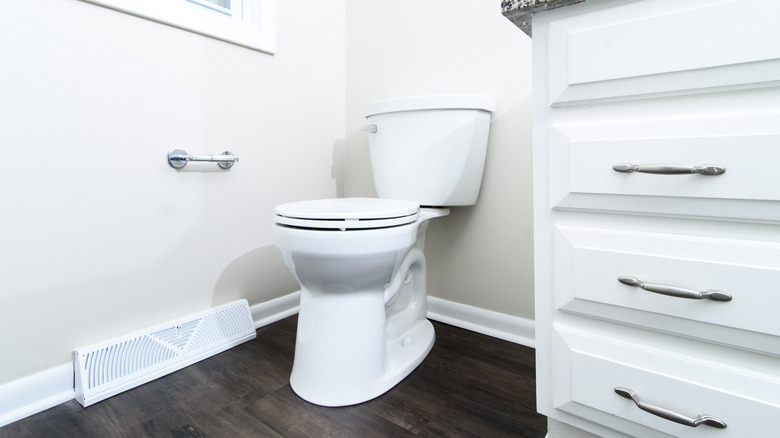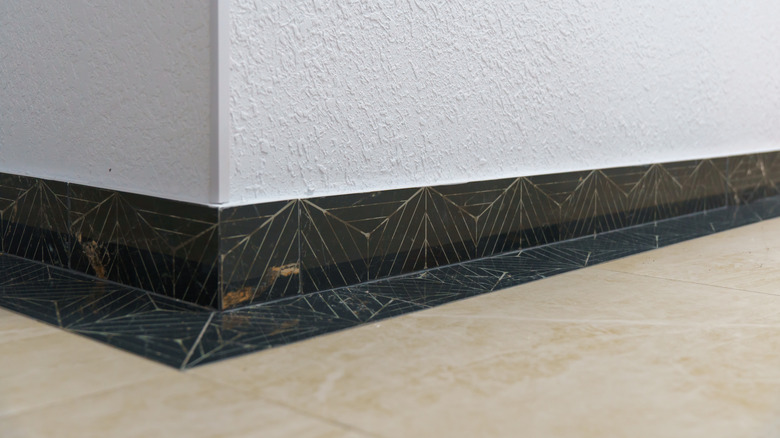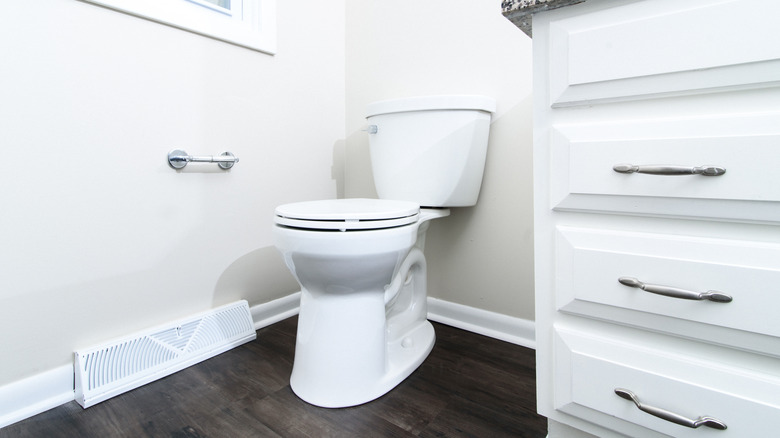Tile Vs Wood: Which Is The Better Material For A Bathroom Baseboard
A bathroom remodel requires making many decisions. One decision is the type of baseboard you want to use in the room. The main options include wood baseboards and tile. When comparing tile versus wood to determine which is the best, considering the benefits and drawbacks of each type of material will make the decision process easier. Each type of baseboard will have an impact on bathroom design.
However, in terms of durability, water resistance, and ease of maintenance, tile baseboards are the best option for the bathroom.When deciding between wood and tile baseboards, it is essential to consider both aesthetics and functionality to make the best choice for your home. Be sure to consider the look you want for the space, your home's overall aesthetic, the durability, ease of installation, and maintenance requirements of both wood and tile.
Pros and cons of tile baseboards
People often choose tile for its aesthetic appeal and wide range of options. Tile is available in a large selection of stone, colors, and designs. You can match your tile baseboard to the floor tile or use one type of tile for the floor, baseboards, and shower. If you want to create the look and feel of a spa and love a monochromatic look, you may want to consider stone drenching. This timeless bathroom look that's taking over tile involves installing stone surfaces on the floor, walls, ceiling, and fixtures.
Tile baseboards offer more than aesthetic appeal. Tile is water resistant, making it a good choice for wet environments such as a bathroom. In addition, tile has the durability needed to withstand moisture and other damage. Further, these baseboards are easier to clean, which will keep them looking great for years to come.
One of the biggest drawbacks of using tile for bathroom baseboards is the price. Tile is significantly more expensive than wood, especially if you choose premium stone or high-end tiles. The installation process is more complex and not a great DIY project, unless you have skill in this area and the right tools to get the job done.
Pros and cons of wood baseboards
Tile baseboards have a modern aesthetic, while wood has a classic, traditional style. The aesthetic is a matter of preference. Functionality wise, wood baseboards are lighter and easier to install compared to tile baseboards. If you are set on wood baseboards, it is important to choose a solid wood, moisture-resistant species, and caulk your baseboards to fill all the gaps for optimal moisture resistance.
The biggest downside of wood baseboards in the bathroom is the potential for water damage. How heavily the bathroom is used can determine how much water resistance matters. For example, water resistance is more important in the kids' bathroom than in a less frequently used powder room. Regardless of where they are located, wood baseboards require more maintenance than tile. You will need to repaint your baseboards roughly every three years to keep them looking their best. Ultimately, in the average bathroom that is used daily for showers or baths, tile is likely your best option for long-term durability and ease of maintenance.


